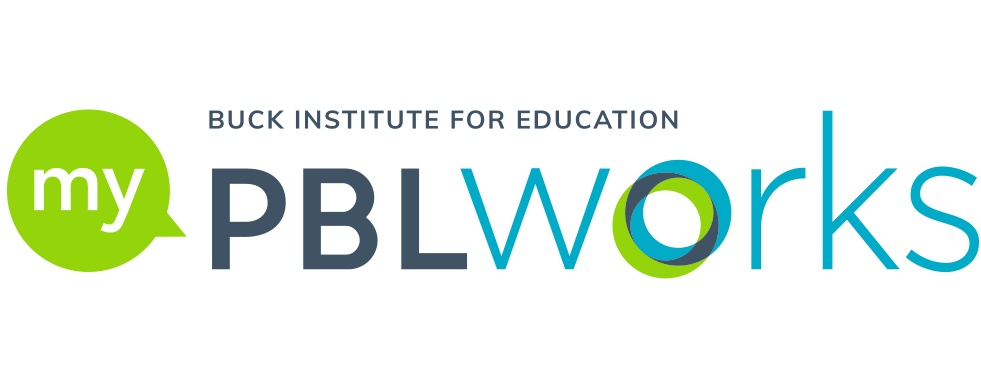From Open House to PBL Exhibition Night
(This is recycled material from two of my posts in the spring of 2014; it’s that time of year again, and I figure most of you either weren’t reading our blog then, or those who were wouldn’t mind re-hearing this message.)
Every year in the spring I drive down to San Jose, California to attend an event at Katherine Smith Elementary School. It takes place on a (usually) warm May evening. When I arrive at the fast-filling parking lot, parents and children are walking in, welcome banners are posted on the wall. Classroom doors are open and teachers are awaiting visitors. So far, this sounds like a good old-fashioned Open House, right?
But actually it’s “Exhibition Night,” where each grade from kindergarten to 6th has what the program called “Project Based Learning Showcases: Every Student in Every Classroom.” Families, community members, and special guests spend two hours hearing students make presentations and having us take part in activities based on recent projects.
The Contrast with Open House
The traditional Open House is pretty much unchanged since I was a kid, judging by what I hear and my own experience as a parent. You arrive on the freshly cleaned-up campus, and perhaps gather for a brief welcome by the principal. You walk into your child’s classroom and see all the nice art on the walls (looking for a certain name, of course) and find a folder of material on your child’s desk. In it might be a note to you about what’s inside, some assignments done during the year, a bunch of writing and worksheets. Science or history-related displays – aka “dessert projects” – might sit on a countertop. If you can wait for your turn, you grab a brief chat with the teacher, who is glad you’re taking home your kid’s pile of paper and lovely ceramic flower pot. If time allows, you run over to check out the classroom of the teacher you expect – or hope – your child will have next year.
It’s a static display of the artifacts of learning and creative expression. Some schools these days might also feature a student performance, presentation, or demonstration of some sort, but the basic purpose of Open House is “look at what we did this year.” It’s not a bad thing, but it’s a missed opportunity. In schools that are using Project Based Learning, the annual spring event can be much more.
At an Exhibition Night, for one thing, students are actively at the center. At Katherine Smith School they were the people doing most of the talking wherever you went. The exhibition had an authentic purpose; in most cases, the students‘ goal was to actually teach their audience something. The exhibition had an assessment purpose; at each grade level exhibition, audience members were asked to use a rubric or fill out a feedback form about the presentations, which students and their teachers would review later. For the school, the event had an accountability purpose; parents could see that their children were learning both academic content and 21st century success skills. There was a messaging/ informational purpose; this is PBL and it’s what we do here. And finally, the evening was a celebration of hard work, well done. (I should add that this kind of event was an adjustment for parents who are not used to playing the role of audience and assessor – but they're learning!)
5 Purposes of Public Exhibitions of Project Work
In a Google Hangout in spring 2014, guests from our then-partner York, VA school district gave five reasons for having a PBL exhibition night (or day):
- It promotes a shared instructional vision. “Not only among staff, but also it gets external stakeholders excited. It shows we don’t just have a test-prep mentality; parents of high-achieving students concerned about test scores saw the depth of learning.”
- It's a great marketing tool. “When parents and people from the business community came in, it gave them a different perspective on the students and what they’re learning.”
- It helps inspire teachers and generate ideas. “From a teacher’s perspective, I don’t get to go to a lot of other classrooms. It was great to see what other teachers were doing, what was working for them.” “Teachers who had not been not involved in PBL were seeing other teachers – ones they respect – having success with their students and saying, this makes sense to me.”
- It increases student ownership and engagement. “All year we’ve been collecting data on student engagement; it increased so much during the year as they worked on these projects. Walking around classrooms we were amazed at how engaged they were the week and the day before spring break, leading up to exhibitions, it was 100%!”
- It celebrates student success. “It improved their 21st century skills, like communication, and it was an opportunity to practice those skills with someone besides their teacher.” “A lot of students see school as something they just have to do; it was really refreshing for teachers to see students get excited about what they’re doing in the classroom.”
To view or download this resource, log in here.
Login